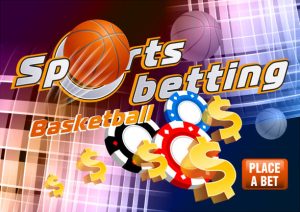Top 5 things that you didn’t know about the dragon ball super card game

The Dragon Ball Super CCG debuted in July 2017 with the set Galactic Battle and has been alive and kicking ever since. The game has evolved, and now features all eras of Dragon Ball, from the original series to the eponymous Dragon Ball Super series, and everything in between. This means that in the collectible card game realm, players can have heroes and villains from all the series. This is one of the many reasons why it is so popular and why you should definitely play Dragon Ball Super.
Let’s take a look at the top five things you probably didn’t know about the dragon ball super card game–
How does one create a deck in the game?
A deck of cards can hold 50 to 60 cards, plus the necessary leader card. Players can only have four of each unique card in their deck, unless otherwise mentioned. Since the entire deck revolves around the leader cards, they are the foundation of any deck.
Leader cards have two sides: the comparatively weaker front side, which represents the leader’s status at the start of the game, and the more powerful back side. If a player meets a certain requirement, they can flip their leader card at any time during either turn.
What are the extra cards?
Extra cards are available in a variety of shapes and sizes in this game. They can enable the player to conduct activities such as drawing cards and exploring the main deck for cards. Some extra cards cancel out activations like assaults or playing cards. Unless otherwise specified, extra cards are only played at the time of the player’s main phase.
How do energy and colours work?
DB SCG comes in five different colours: black (B), blue (U), green (G), red (R), and yellow (Y). Each of these colours has a unique playing style. For example, red cards seem to be more aggressive, whereas green cards typically focus on hand destruction. There are also multicoloured cards that can be utilised in all places in two different colours. DBSCG employs a Mana-like energy system. At the beginning of each turn, the turn player can set any card as energy. The number in the upper left corner indicates the cost of playing a card. The colour dot(s) next to the cost represent the specific cost, which signifies that a certain amount of energy must be of that colour.
What are the various rarities?
DB SCG cards are available in a variety of rarities. While there have been a few one-of-a-kind rarities, the most prevalent are the Uncommon (UC), Common (C), Super Rare (SR), Rare (R), Special Rare (SPR), and Secret Rare (SCR).
You can find rarity designations on the bottom right corner of a card. SPRs are usually fancier variants of lower rarity cards. Players can only have one SCR in their deck, which is indicated by the “Ultimate” keyword skill.
What are keyword skills?
Many cards have “keywords,” which are displayed as red boxes within the card’s skills. Cards with the keyword skill “Barrier,” for example, are not targetable. Cards having the keyword skill “Double Strike” can successfully strike an opponent’s leader card. This can potentially result in the opponent taking two life cards instead of one.
However, not all cards feature keywords. This is due to the fact that not all cards have abilities. “skill-less battle cards” are battle cards that lack a keyword or skill. Many archetypes are based on battle cards that need little skill.
Conclusion
These are some of the facts about the game that you probably didn’t know. Take the challenge and try this exciting but tricky card game if you are a card game enthusiast.





